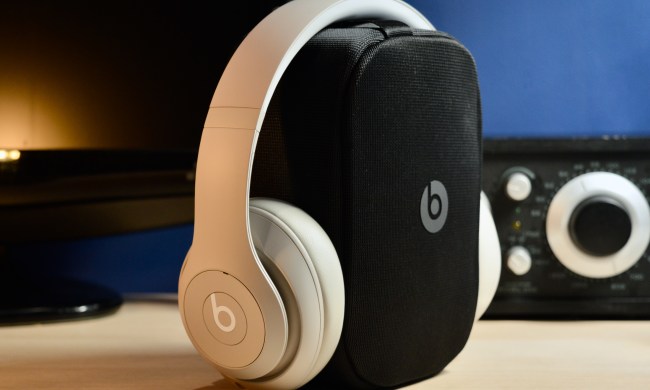Skullcandy has just taken the wraps off two new models of true wireless earbuds, the $100 Grind Fuel and the $80 Push Active. But what makes these earbuds different from Skullcandy’s previous models is the inclusion of the company’s new software, called SkullIQ. This gives you a hands-free voice assistant that’s triggered by saying, “Hey Skullcandy,” and it works on both iOS and Android platforms. It also includes the ability to trigger certain smartphone features directly from the earbuds’ control buttons, as well as launch Spotify with your voice.
Most true wireless earbuds give you the ability to speak to your phone’s native assistant, whether that’s Siri or Google Assistant. Some models add the ability to speak to Amazon’s Alexa, too. Only a handful, like Sony’s $280 WF-1000XM4 and JBL’s $200 Tour Pro+, let you access these voice assistants hands-free. This makes Skullcandy’s new SkullIQ-enabled true wireless earbuds the most affordable models to offer this kind of technology.

It’s worth noting that “Hey Skullcandy” is not a full substitute for using Siri, Google Assistant, or Amazon Alexa. It can’t, for instance, answer questions like “how long does it take to hard-boil an egg,” or let you set reminders. That’s because there’s no cloud component to SkullIQ — all of the smarts are contained on the earbuds themselves, which work in tandem over Bluetooth with the SkullIQ app on your phone. But this is also SkullIQ’s big advantage over Apple, Google, and Amazon’s tech: It works even if you have no data connection at all, something that could easily happen if you belong to Skullcandy’s target community of mountain bikers, extreme skiers, and anyone else whose activities routinely take them beyond the reach of the nearest cell tower.
SkullIQ enables control over the most commonly used earbud features, like play/pause, track skipping, volume, and call answer/ignore/end. It also lets you control some actions that are specific to these earbuds, like engaging Skullcandy’s StayAware (transparency) mode or the new Spotify Tap feature. For the latter, just say: “Hey Skullcandy, Spotify.” I’ve been spending time with an early review model of the Grind Fuel, and the voice commands work really well — just as reliably as using the Google Pixel Buds or Apple’s AirPods Pro. If you have access to data and would prefer to use your phone’s built-in assistant, you can do that, too. Simply say, “Hey Skullcandy, Assistant,” and the SkullIQ system will dutifully trigger your regular voice A.I. so you can bark your command.
- 1. Skullcandy Grind Fuel
- 2. Skullcandy Push Active
But Skullcandy’s ambitions go beyond just voice control. The SkullIQ app lets you configure the Grind Fuel or Push Active’s buttons to trigger phone functions, like taking a photo. Theoretically, it could do the same thing with a whole host of other phone functions, but manufacturers like Apple, Google, etc., would first have to provide third-party access to them.
Another SkullIQ feature is called Share Audio. Similar to Apple’s ability to let two H1-chip-enabled earbuds or headphone owners connect to the same iPhone for tandem listening, any two Skullcandy SkullIQ devices can listen to the same audio source in sync.
The Grind Fuel come with wireless charging, nine hours of battery life on a charge, and a total of 40 hours when you include the charging case’s capacity. They have an IP55 rating for water and dust resistance, as well as built-in Tile tracking for when your earbuds inevitably go missing.
The Push Active, with their built-in earhooks, are meant for the most demanding activities. They have a longer battery life (10 hours per charge, 44 hours total), but lack the wireless charging feature of the Grind Fuel. They get the same IP55 dust and water resistance rating, as well as the Tile tracking feature.
Both models are available starting today at Skullcandy.com and various major retailers.





